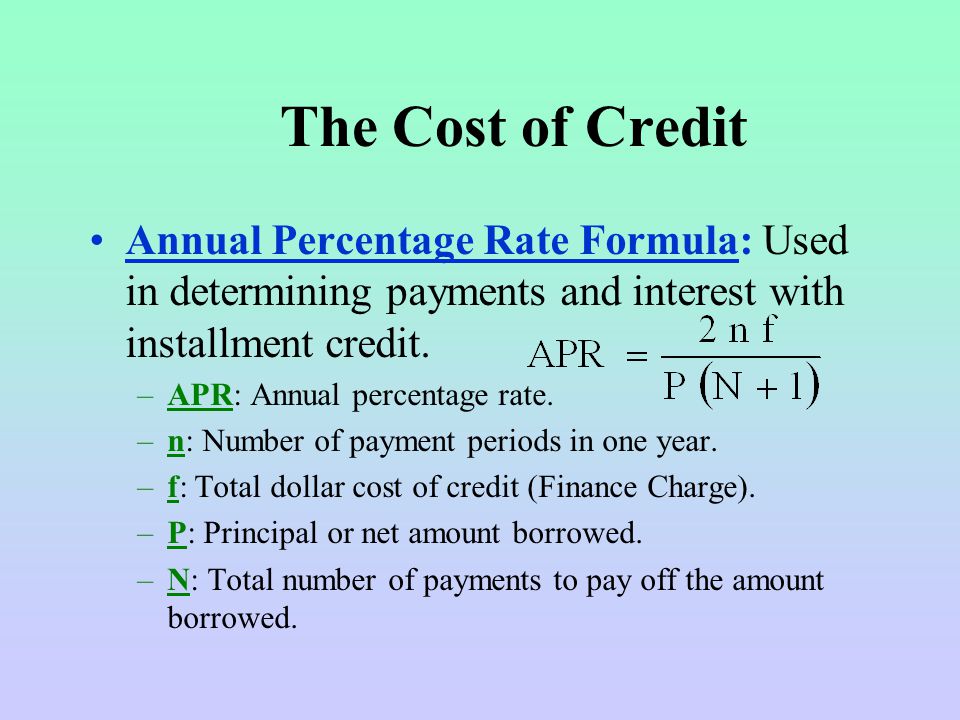This past week, Kenya marked one year since President Kenyatta accented to the Banking amendment bill. The bill was meant to increase the accessibility to credit by reducing the total cost of borrowing from financial institutions. The act was also meant protect consumers who had for long maintained that the Kenyan banking system continued to exploit them through high interest rates. To deal with this, the law capped interest rates at 4% above the Central Bank of Kenya’s benchmark rate.
There have been varying arguments as to whether the law achieved its intended purpose. After the accenting of the bill, a credit crunch ensued with banks not willing to lend to small and medium enterprises. In the announcement of their HY 2017/18 financial results, Equity Bank’s CEO James Mwangi announced that the bank will no longer offer personal unsecured loans as the law made pricing for the risk associated with such products untenable.
At the same time banks have been more willing to invest in government securities which offer risk free returns and at a higher interest rate. Counter arguments have been made by some consumers that indeed the cost of borrowing has dramatically gone down for them. To deal with this new regulatory mechanism, banks have resorted to technology, rapid cost-cutting measures in a bid to deal with the reducing interest rate income. There is however a general expectation that the law will soon be repealed.
While the merits and demerits of law could be argued depending on which party you ask, one of the most overlooked factors in credit is the true cost of borrowing from financial institutions. Borrowers will often overlook the legal fees, stamp duty and other hidden charges which will often make the cost of borrowing the loan higher.
What then is the true cost of borrowing and what should a customer consider in this regard?
Loan Amount
A borrower needs to be wary that the amount they borrow will impact the interest rate payable, the possible legal fees as well terms over the life the loan. Borrowers should as such borrow what they actually need and what is manageable to pay through monthly instalments. Customers will in some cases a second loan to top up on the first amount and this rapidly increases the amounts they are scheduled to pay back.
Interest rates
The Banking Amendment Act has capped interest to 4% of the CBK benchmark rate. However, this does not mean that banks will not consider a borrowers risk profile in making the decision to lend them. For instance, a bank will use your credit history to determine the annual percentage rate of a loan which includes the interest rate plus the fees. A customer should as such seek credit from the organization with the lowest interest rates on their loan.
A crucial aspect of understanding the annual percentage rate (APR) on a loan is understanding a fixed and variable rates on a loan. Fixed rate means that the interest and monthly repayment amounts on the loan do not change as the payments include both the principal amount and interest on the loan. Having predictable repayment amounts making it easy for the borrower to manage their credit. Variable rates on a loan means they can oscillate through the repayment period which may make them pricier or cheaper.
Loan Fees
A factor a customer needs to consider during the borrowing are the fees and charges involved which can increase the cost of borrowing. These include origination fees which refer to the cost of processing the loan application. These are ultimately passed on to the total cost of the loan. The customer may also be charged an amount for maintaining an account with the bank, billed under annual fees. In other instances, the customer is charged a prepayment penalty is the loan is paid off beforehand, a factor many may overlook when seeking credit. Transfer fees may also apply if a customer decides to move their loan between accounts or financial institutions.
Understanding the need to inform the Kenyan borrower on these aspects, the Kenya Bankers Association in collaboration with the Central Bank have launched a portal that allows a customer to compare different loan offerings from the banks based on the loan amount. The customer can as such input the loan amount and derive the APR offered by the various financial institutions allowing them to make an informed decision. The portal further offers information on the loan fees and other aspect that make the total cost of borrowing higher.
In our next article, we shall cover which banking institutions have the most competitive bank loans.
Related; The Current Interest Rate Environment: How We Got Here & Where We are Headed



